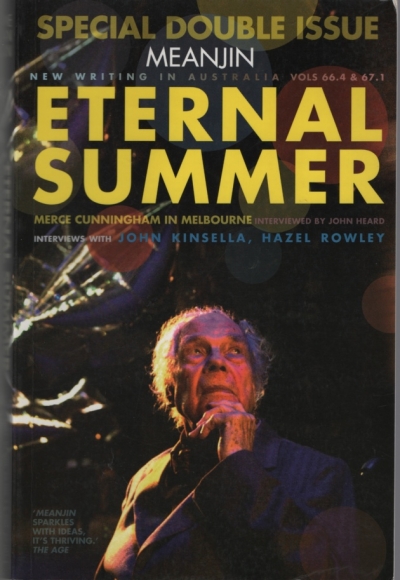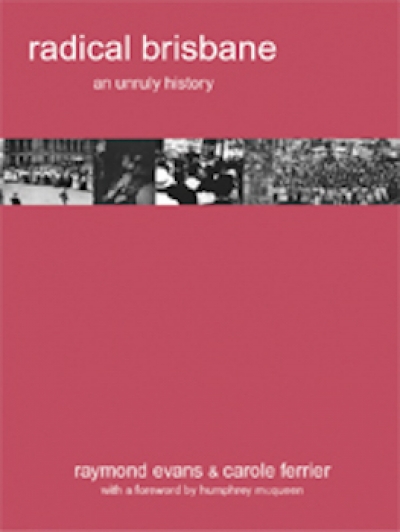Robert Drewe, one of Australia’s most absorbing fiction writers, has prime position in the opening pages of the latest Meanjin. ‘The Aquarium at Night’ is so deft and engaging it draws me in, almost despite myself. It is a story about boys, surfing, prison life and ‘easygoing’ Australian masculinity. These topics may not immediately appeal, but the story stirs with the rhythms of memory, desire, the slow burn of maturing manhood, and the role that writing plays in coming to confront one’s self. Drewe’s prose seduces and convinces: a man remembering his childhood self is ‘A skinny, mop-headed grommet leaning out the window to check the morning’s wind and weather for the day’s surf potential and dreaming of legendary breaks. By 6.15 he’d be over the ridge and in the ocean.’ An incidental character in the prison Creative Writing class is ‘[a] twenty-stone Christian who’d decapitated his son-in-law with an axe for infidelity’. This is what draws me in, the sagacity of the prose, its grounded eloquence, its lack of mere aesthetics.
...
(read more)



